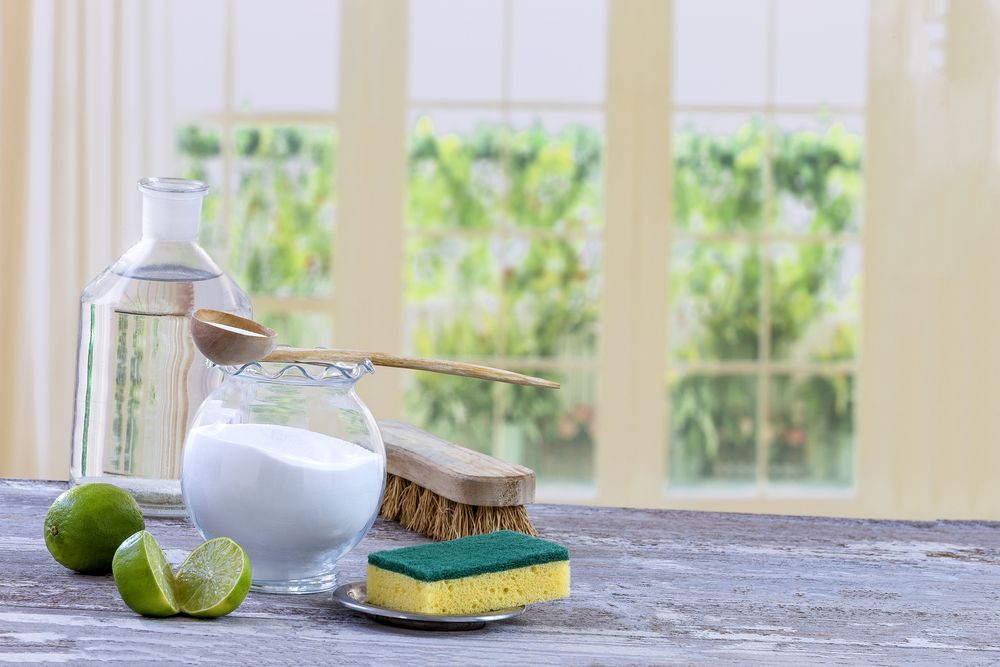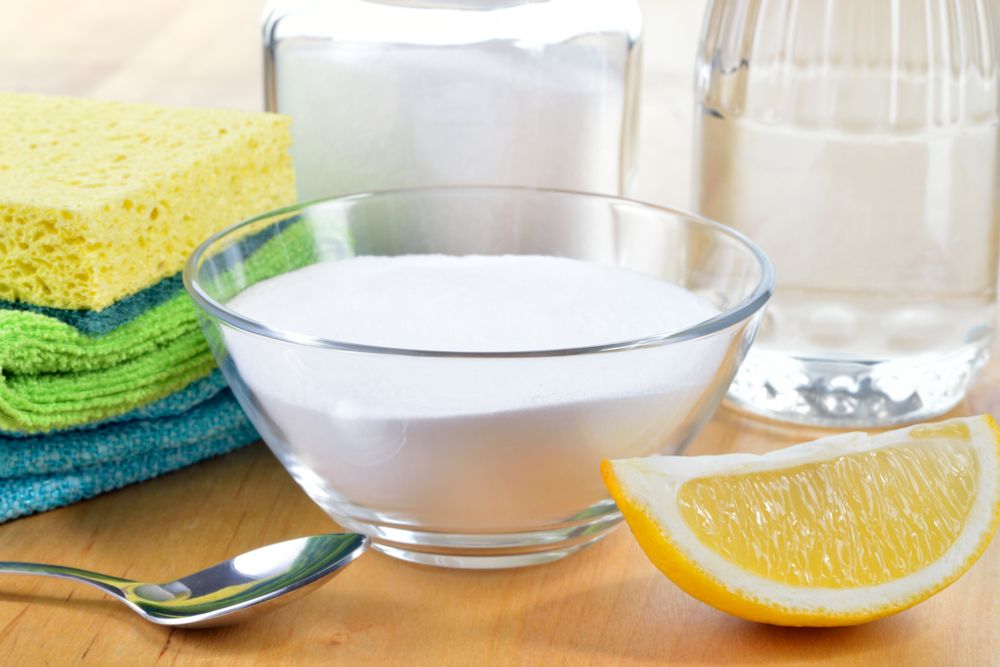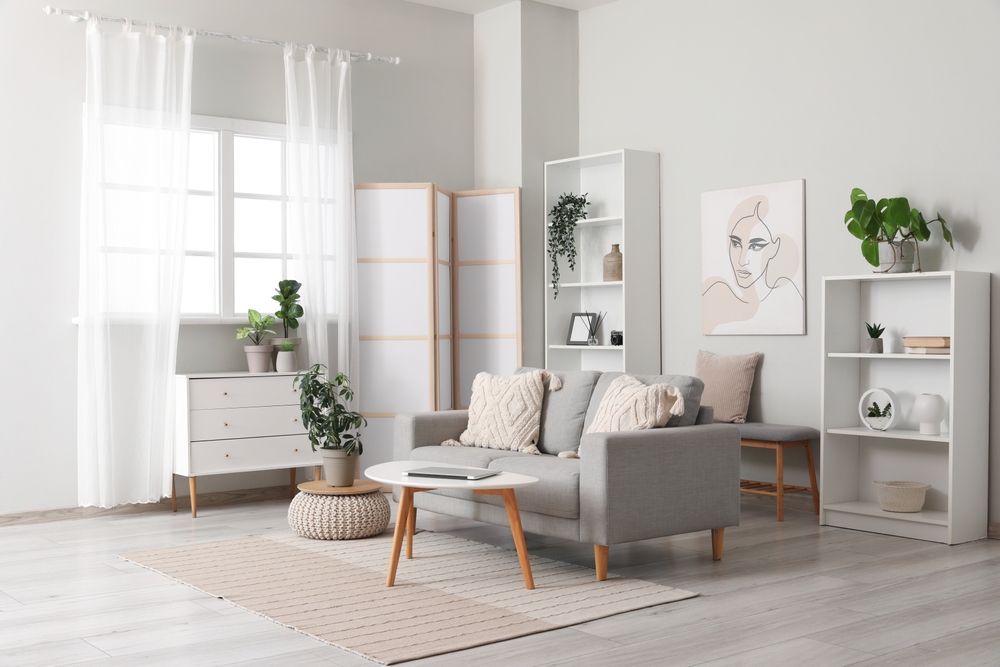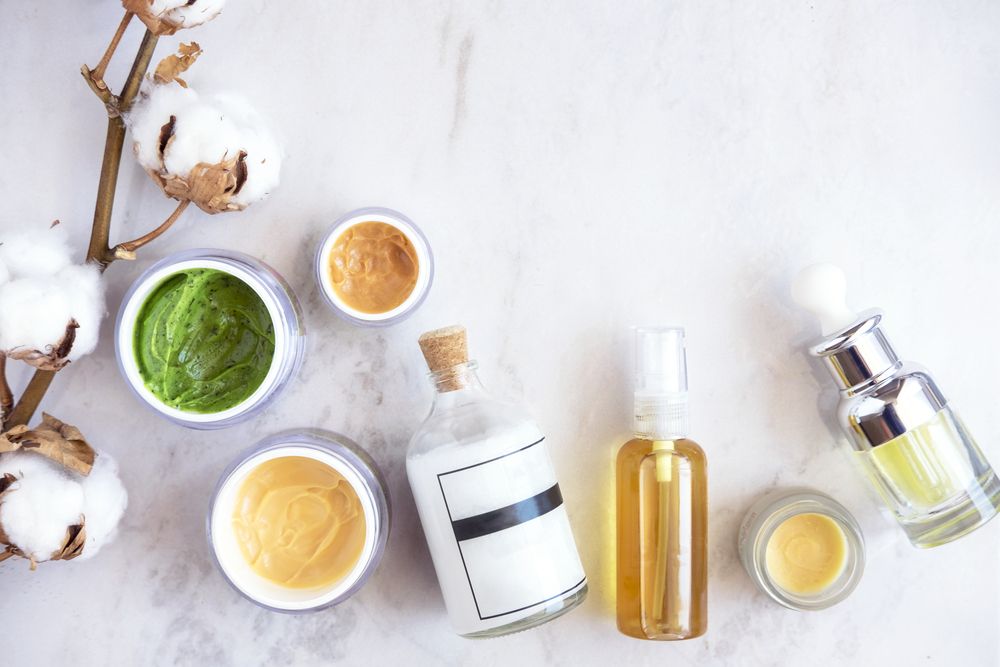Many of the cleaning and household products we use contain chemicals that can be harsh on both the environment and our health. However, there are natural and safer alternatives that can perform just as well—or even better—while being more eco-friendly. Here’s a guide to common home chemicals and their natural substitutes:
1. All-Purpose Cleaner
Common Chemical: Commercial all-purpose cleaners often contain synthetic fragrances, bleach, ammonia, or phosphates, which can irritate the skin, eyes, or respiratory system. These chemicals can also contribute to air and water pollution.
Substitute:
-
Ingredients: White vinegar, water, baking soda, lemon juice.
-
How to make it: Mix one cup of water, one cup of white vinegar, and 1 tablespoon of baking soda in a spray bottle. Add a few drops of lemon juice for a fresh scent.
-
Impact: This natural cleaner disinfects, deodorizes, and removes grease without harsh chemicals. It’s safe for most surfaces and inexpensive to make.
2. Glass Cleaner
Common Chemical: Commercial glass cleaners typically contain ammonia or alcohol, which can leave streaks and harmful fumes in your home.
Substitute:
-
Ingredients: White vinegar, water, rubbing alcohol.
-
How to make it: Mix one cup of water, 1 cup of vinegar, and 1/2 cup of rubbing alcohol in a spray bottle.
-
Impact: This vinegar-based solution works well to remove dirt and grime from glass, leaving windows and mirrors streak-free, and it has the added benefit of being free from harmful chemicals.
3. Disinfectant (Bleach)
Common Chemical: Bleach is a powerful disinfectant, but it’s toxic, can cause skin irritation, and releases harmful fumes. It also poses an environmental risk when it enters water systems.
Substitute:
-
Ingredients: Hydrogen peroxide, white vinegar.
-
How to make it: Mix 1 part hydrogen peroxide (3%) with 1 part water in a spray bottle for disinfecting surfaces.
-
Impact: Hydrogen peroxide is a natural disinfectant that kills germs and bacteria effectively without the toxic side effects of bleach. White vinegar can also help disinfect surfaces with its antibacterial properties.
4. Fabric Softener
Common Chemical: Commercial fabric softeners contain artificial fragrances and chemicals like phthalates, which can cause skin irritation and allergies.
Substitute:
-
Ingredients: Baking soda, white vinegar.
-
How to make it: Add 1/4 cup of baking soda to the wash and 1/4 cup of white vinegar to the rinse cycle for soft, fresh-smelling laundry.
-
Impact: This alternative softens clothes and removes odors naturally. Vinegar also helps to break down detergent residues, making clothes softer without the harsh chemicals.
5. Oven Cleaner
Common Chemical: Commercial oven cleaners often contain lye and other toxic chemicals that can irritate the skin and eyes, and release strong fumes.
Substitute:
-
Ingredients: Baking soda, water, white vinegar.
-
How to make it: Make a paste by mixing 1/2 cup of baking soda with water to create a thick paste. Apply it to the oven surfaces and let it sit overnight. The next day, spray vinegar over the paste and wipe it off.
-
Impact: Baking soda and vinegar break down grease and grime without harmful chemicals, leaving your oven clean and safe to use.

6. Air Freshener
Common Chemical: Commercial air fresheners contain artificial fragrances and chemicals that can be harmful to your health and the environment.
Substitute:
-
Ingredients: Essential oils, water, baking soda.
-
How to make it: Mix 1 cup of water with 1 tablespoon of baking soda and 10-15 drops of your favorite essential oil (like lavender, lemon, or eucalyptus). Pour the mixture into a spray bottle.
-
Impact: Essential oils provide a natural, pleasant scent and offer antibacterial benefits without the toxins and chemicals found in commercial air fresheners.
7. Floor Cleaner
Common Chemical: Many floor cleaners contain harsh chemicals like ammonium, phosphates, and chlorine that can damage floors and pollute water supplies.
Substitute:
-
Ingredients: Vinegar, water, essential oils (optional).
-
How to make it: Mix 1/4 cup of white vinegar with 1 gallon of warm water. You can add a few drops of essential oils for a pleasant scent.
-
Impact: This homemade floor cleaner works for tile, vinyl, and hardwood floors. It’s effective in removing dirt and stains without leaving behind harmful residues.
8. Drain Cleaner
Common Chemical: Commercial drain cleaners contain caustic chemicals like sodium hydroxide and sulfuric acid, which can be dangerous to handle and harmful to pipes and the environment.
Substitute:
-
Ingredients: Baking soda, white vinegar, hot water.
-
How to make it: Pour 1/2 cup of baking soda into the drain, followed by 1/2 cup of white vinegar. Let it sit for about 10 minutes, then flush with hot water.
-
Impact: The fizzing action of baking soda and vinegar helps to break down grease and clogs, and hot water clears the debris without harsh chemicals.
9. Toilet Bowl Cleaner
Common Chemical: Toilet cleaners typically contain bleach or other harsh chemicals that can cause skin irritation and are harmful to the environment when washed away.
Substitute:
-
Ingredients: Baking soda, white vinegar, essential oils (optional).
-
How to make it: Pour 1/2 cup of baking soda into the toilet bowl, followed by 1 cup of vinegar. Let it sit for 10-15 minutes, then scrub with a toilet brush and flush.
-
Impact: This natural alternative disinfects and deodorizes your toilet without the need for chemical cleaners. It also helps eliminate stains and build-up.
10. Furniture Polish
Common Chemical: Commercial furniture polishes often contain petroleum-based solvents and artificial fragrances, which can be toxic and irritating to the skin and lungs.
Substitute:
-
Ingredients: Olive oil, vinegar, lemon juice.
-
How to make it: Mix 1/2 cup of olive oil with 1/4 cup of vinegar and a few drops of lemon juice. Apply to a cloth and rub onto furniture to clean and polish.
-
Impact: This homemade polish is a natural and safe way to clean and shine wood furniture, leaving it with a healthy, streak-free finish.
Switching to natural, homemade substitutes for household chemicals not only helps reduce exposure to harsh chemicals but also minimizes your environmental footprint. These DIY alternatives are cost-effective, easy to make, and just as effective (if not more) than store-bought products. By making the switch, you can keep your home clean and safe for both your family and the planet.





